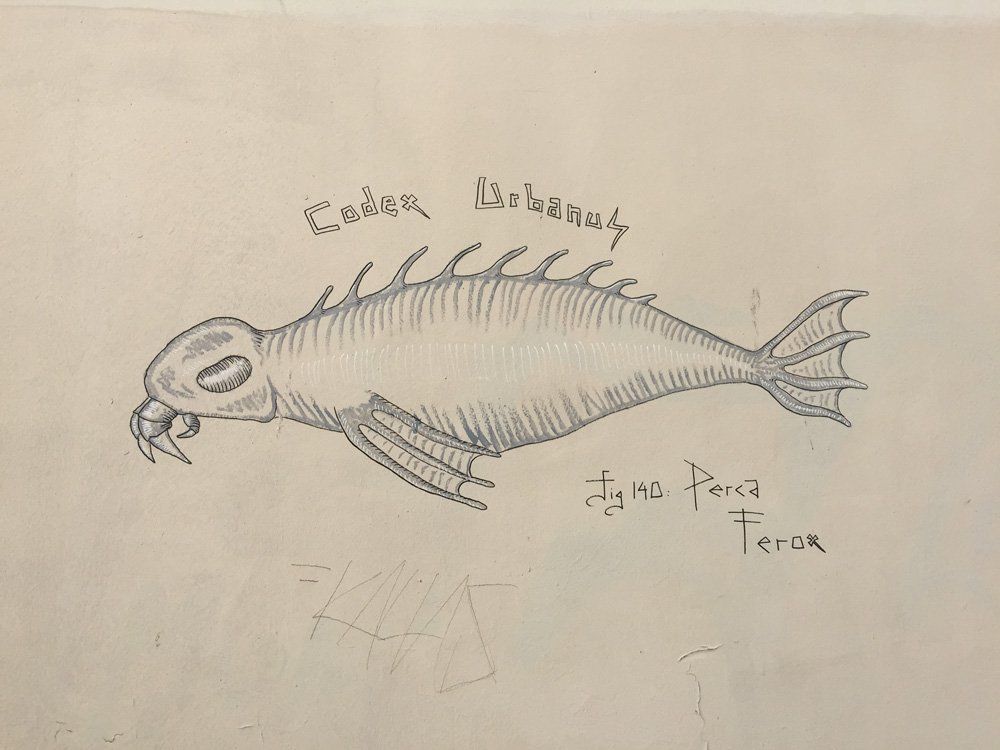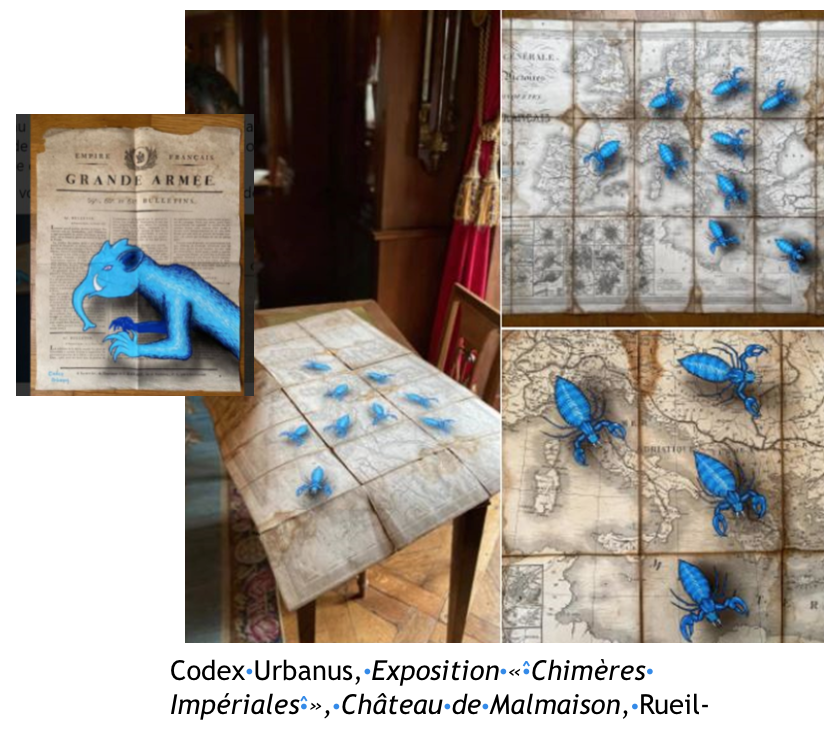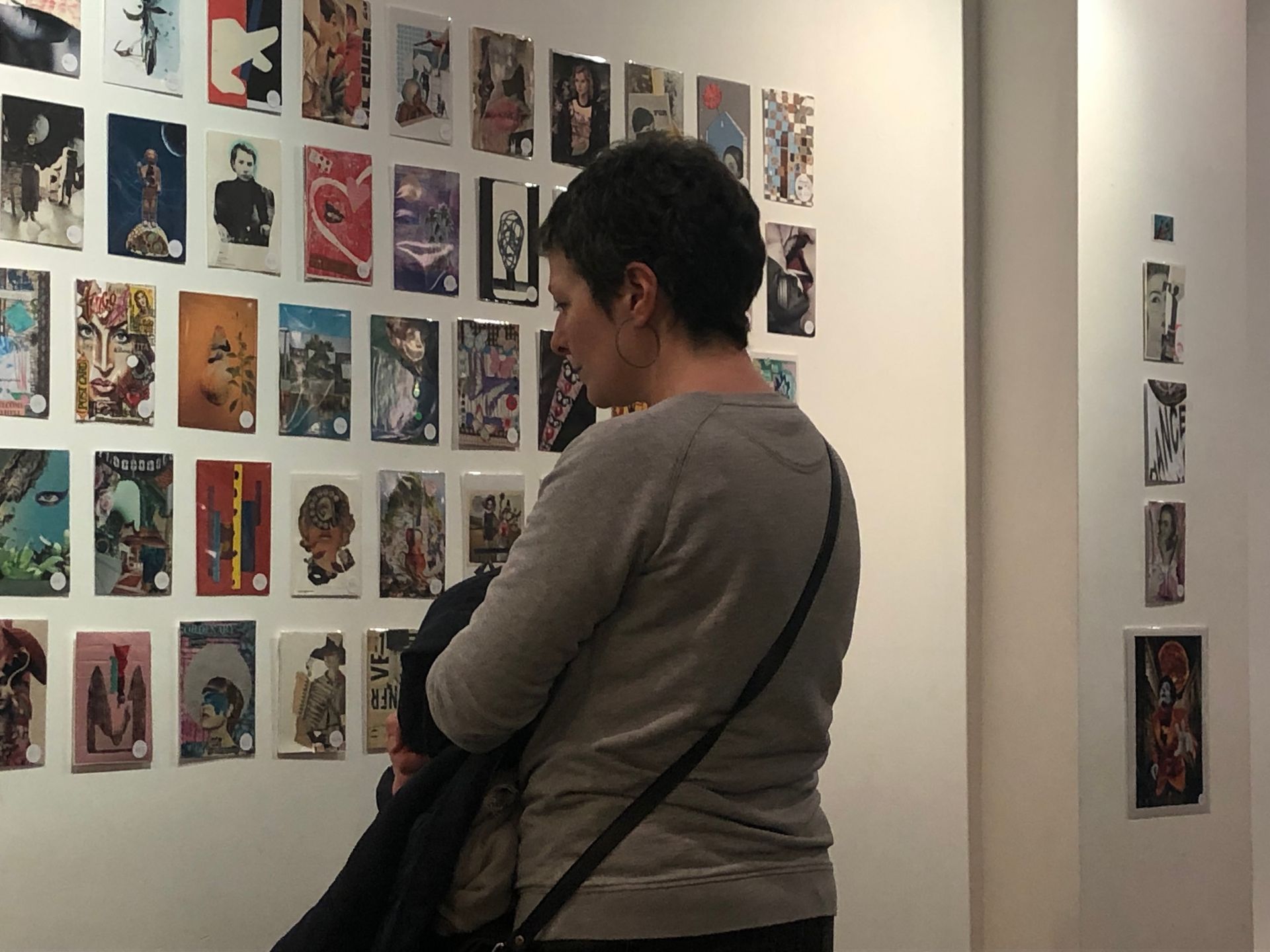To be a bestiary, we need to have a collection of animals, not just one. So that's why I have to stay intensely on Montmartre because when I do four, there's only one left at the end of the week, so I cannot disperse myself.
There are conceptual reasons also: most of Paris is starting to be a museum city. We're losing the center of Paris right: the Islands and the Sixth and the Marais…. We don't even go there anymore.
When I moved to Montmartre 20 years ago, I was still going to Les Abbesses, Les Deux Moulins…. The place was packed with Parisians. And it was great. Now no one goes there anymore. It's only tourists. And, of course, the top of the hill has been lost. Like in the 60s, there are no Parisians who decide to meet and have a drink at the Place du Tertre. That never happens.
I like the idea of being one of the last Montmartre artists. Luckily, I live in the 18th, not far from the top of the hill. It's perfect to doodle on the walls because you have all of those blank walls and stairs. There are no police because the police are only in cars and cannot drive on the stairs at night. So, for all kinds of reasons, Montmartre is a great spot to paint.
















